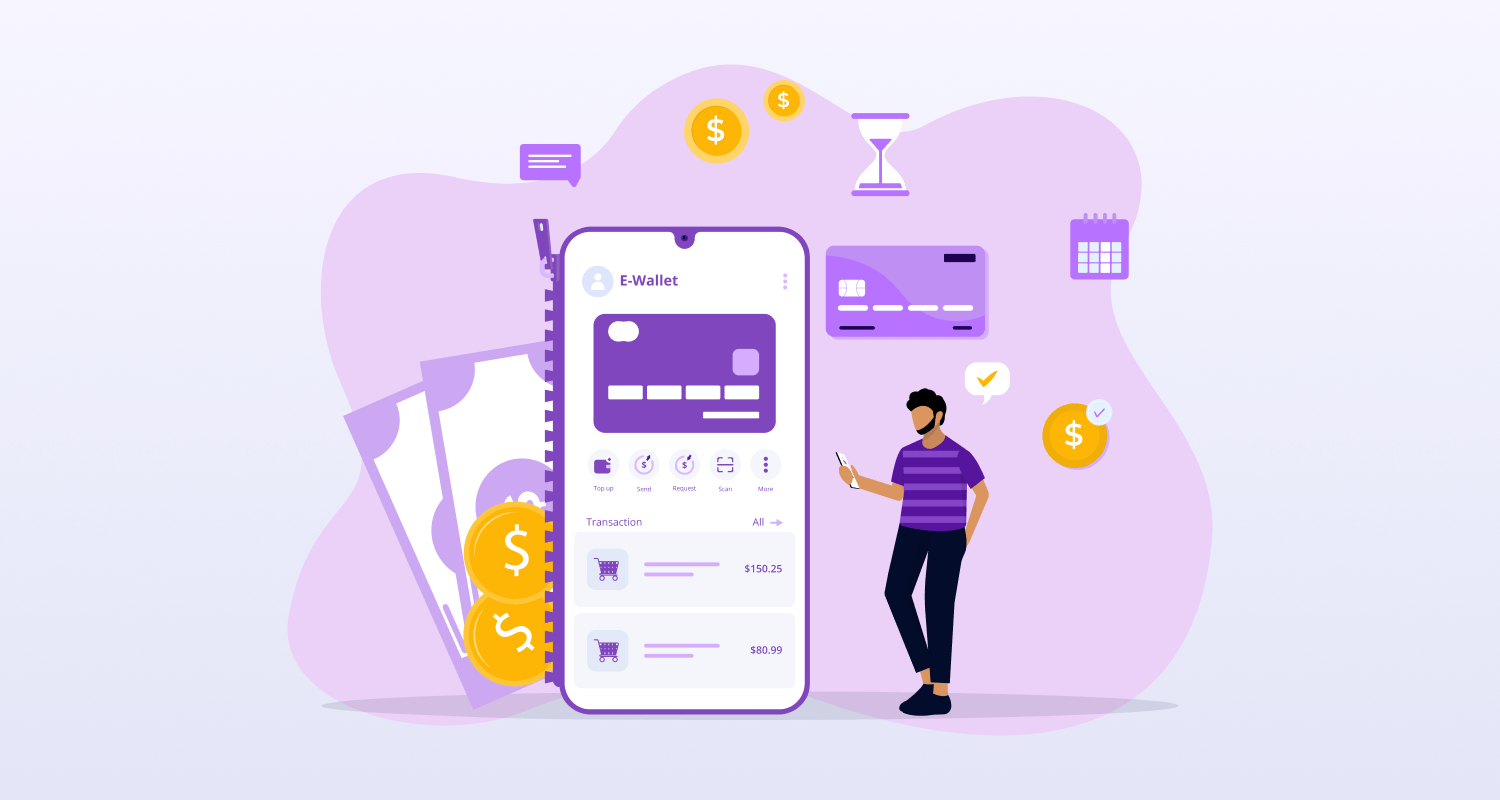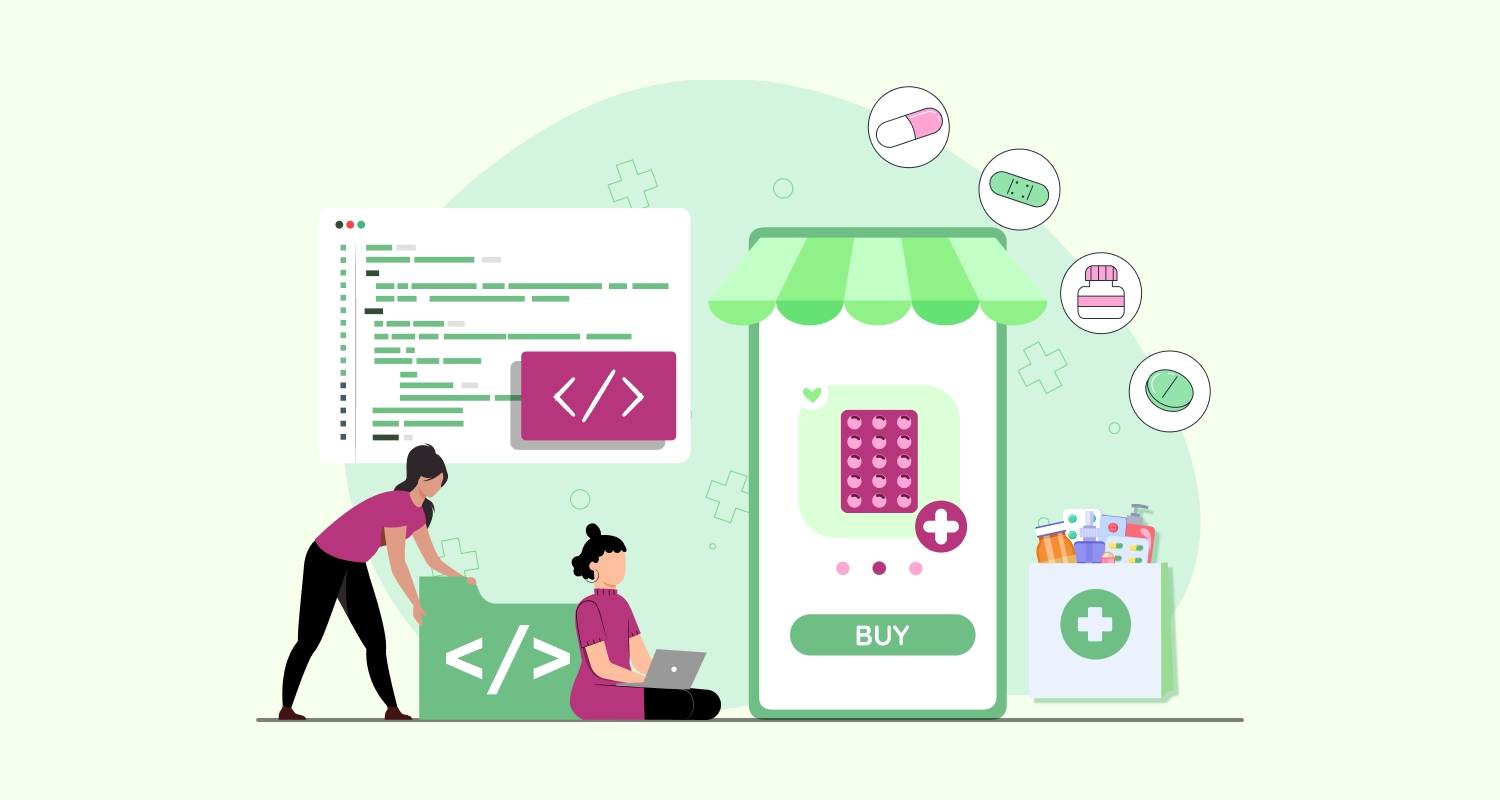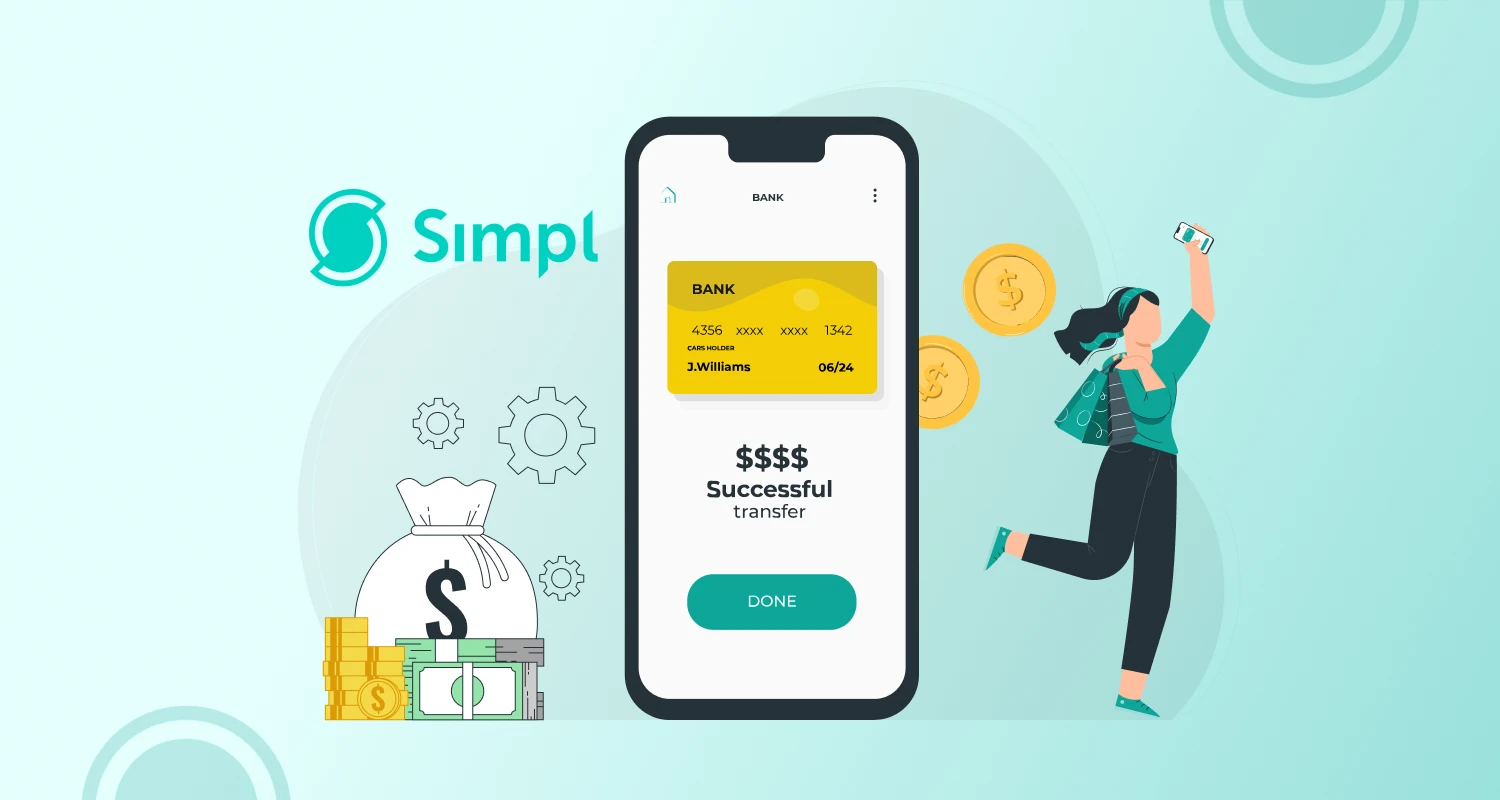Decided to have a mobile app for your business? Great! We are sure you don’t want to miss any criteria to make it a next-gen mobile app.
Certainly, the process of implementing the idea into a profit-generating app involves a lot of brainstorming and flair to take promising decisions in terms of business and technology. Usually, the entrepreneurs are aware of the business part, what they miss to understand is the technical viability and proper implementation of the concepts technically.
On the darker end, we should not forget about the competition in the mobile app industry today. Indeed, it’s very steep and that means you cannot commit to any mistake. Probably, you would have an amazing idea and have worked a lot, searched the market to decide about the features, but your project will stand out only when you pick up the right technology stack.
Technology Stack & The Importance
Thinking what the word technology stacks stands for? The definition in simple terms can be, a set of programming languages, interface designing tools, database servers and other required technologies to build an appealing app.
The right tech-stack selection will make the project more scalable, feasible and ensures time efficiency. As the selection directly impacts the front-end as well as the back-end development along with factors like app security & performance.
Front-end (Client Side) Tech-Stack
The front-end of any application is the visual part a user will use and interact with. The tech-stack you select should ensure good user-experience, flexibility to use and one that enhances performance. The selection depends on the type of app you want to develop. Following are a few types of apps and the specific technologies you can use for your mobile application development.
Native Apps
Native apps are widely used because of wide-range integration of device, flawless user experience, faster and better performance, high security and required responsiveness. These apps are particularly designed to work effectively on a selected operating system.
Now let’s explore the tech-stack for known platforms.
Android Platform
Technology: Java, Kotlin
Toolkit: Android Studio & Android Developers Tools for Eclipse
iOS Platform
Technology: Swift or Objective C
Toolkit: Apple XCode & Intelli AppCode (iOS)
Hybrid Apps
Hybrid apps are the mobile versions of the web apps. The languages used to develop them are HTML5 and JavaScript. They are just like the native containers that load most of the data on the page as users browse different pages of applications. Hybrid apps may make you feel like native apps but they are filled up with company websites.
Toolkit
- Sencha Touch
- Unity
- Apache Cordova/Adobe PhoneGap
- AppGuyver Steroids.js
Progressive Web Apps
As the name conveys, progressive web apps are not specifically mobile apps. They are developed using HTML5 and it serves a native-like look and feel to the users. Along with that, they run in a browser. Now, with the snowballing implementation of HTML5, it turns out hard to identify the difference between regular web pages and web apps.
Toolkit
- React JS
- Angular JS
- AMP
- Lighthouse
- lonic 2
Cross-Platform Apps
Cross Platform apps development procedure uses the same code to develop apps that will be launched on different platforms – Android, iOS, and web. Businesses generally prefer cross-platform app development because it helps them to cover a large audience with low development cost.
Toolkit
- Flutter
- React Native
- Xamarin
Backend (Server Side) Tech Stack
Server-side and backend are the canopy terms used for the layer where the business logic and data meets to deliver the required functionality. The backend basically works on server-side programming and is not evident to users, but it fuels the client section “under the hood”.
For the backend, you need to pay attention to specific web frameworks. These tools are boon for developers as the implementation of basic features becomes easy for them.
The list of known technology stacks are:
- RoR (Ruby on Rails) stack
- MEAN Stack
- LAMP (Linux, Apache, MySQL, PHP) stack
Languages:
- Ruby: Ruby on Rails, Sinatra, Padrino
- Python: Flask, Pylons, Django, Pyramid, Tornado
- PHP: Phalcon, Slim, Laravel, Symfony
- JavaScript: Angular.js, Node.js, React.js, Express.js, Ember.js, Backbone.js
What Aspects You Need To Consider While Choosing Tech Stack?
For now, we have understood about different technology stack for front-end and back-end functions. But before deciding, understand a few important factors that are essential to choose the technology for your mobile application development. Once you understand this, you can plan for the project with perfection.
The Niche Of Your Project
One of the vital factor you need to take into account is the industry you will develop an app for and the number of complex features you include for the app. You need to consider if you are looking to develop a complete customized app with responsive UI designs or an app that includes basic features. If you are developing a customized app, you should go with Kotlin or Swift.
Endorsing the Idea
Checking whether your idea is unique or not is an important factor to consider while choosing the technology stack for your app. This will help you to take a suitable decision to boost the engagement of potential customers and one that fits within your budget.
App Promotion
App marketing is even important if you are targeting a large number of audience in less time. Hence, you need to wisely select a technology stack with which you can leverage maximum benefits like faster development, intrusive and appealing UI design and many other customized solutions for your app.








